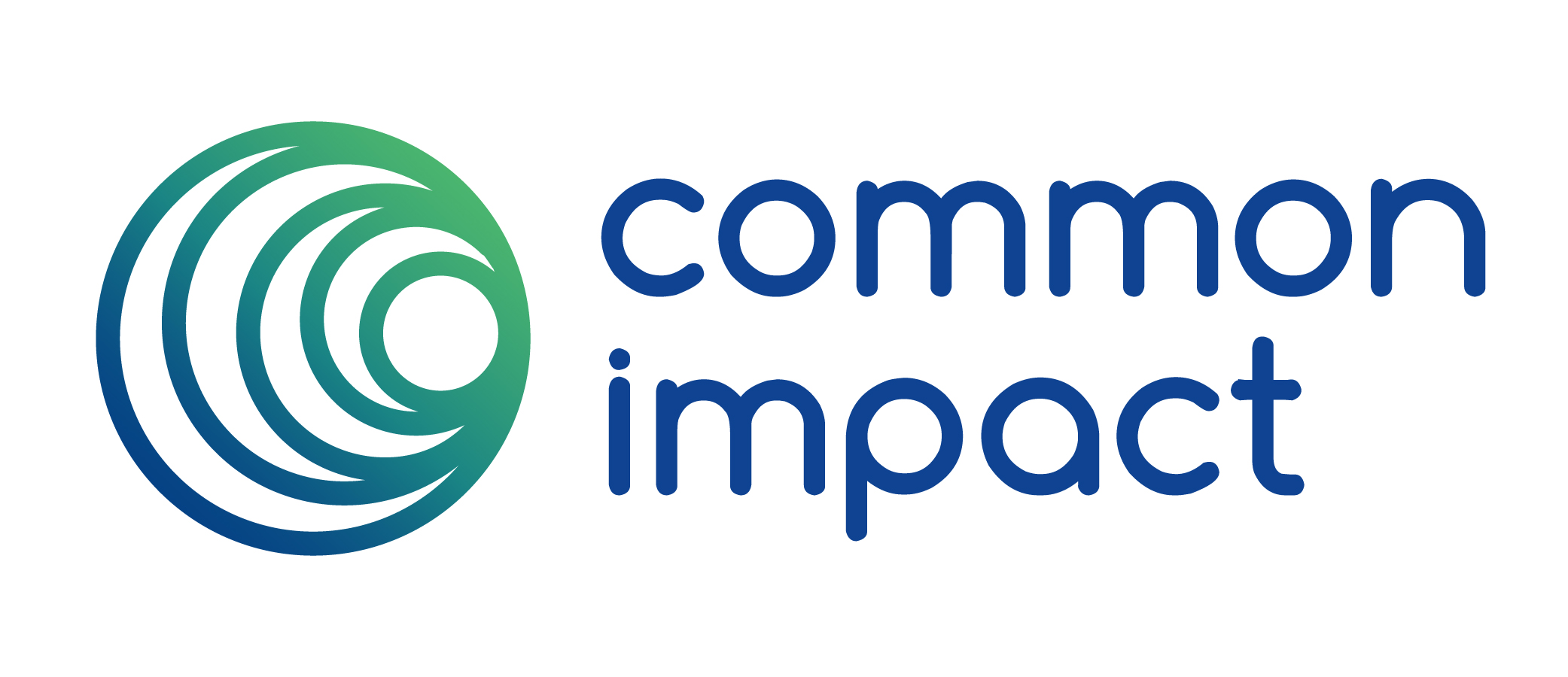Employee Driven Giving and Service
by Danielle Holly

Building a strong talent pipeline has been the focus of corporate conversations since the industrial revolution. Now, companies are recognizing that employees are not only their most critical business asset – they are their most strategic philanthropic asset.
CECP’s 2015 Giving in Numbers reported that Pro Bono and Paid Volunteer Time are the two most rapidly growing corporate programs.
With the rising demand on the corporate sector to contribute time, talent and dollars to the communities in which they operate, companies are struggling to decide whether employee passions should drive their engagement programs, or whether a "top down" strategy should focus on targeted community efforts.
Employees want to give their time and money to organizations that they know and love. Makes sense. But how does a company ensure that the investment it’s making through those employees is making an impact if they’re engaging with a wide range of organizations across mission area?
Companies with a deep philanthropic focus — one that tackles a specific community challenge—enables a targeted investment that delivers real and measurable results. The rub? It can be difficult to inspire employee participation in efforts that feel forced or fall outside their personal interests.
At Common Impact, we’ve seen companies of all sizes experiment with new models that reach an unlikely intersection of employee- and corporate-led community engagement. Here are two very different companies who are making it work.
Harvard Pilgrim: An Entire Company Engaged
Harvard Pilgrim Health Care Foundation (HPHCF) has developed an approach that allows for employee-directed service and giving while supporting the Foundation’s strategic and community relations goals. HPHCF has created a unique structure around the three days off it provides employees that allows for both personal choice and focus: one day where the employee selects any nonprofit they’d like to support, another team-based and team-building opportunity with their colleagues, and the final, a company-wide service event with nonprofit partners selected by the Foundation.
While HPHCF recognizes that this tiered flexible approach to giving can be hard to evaluate, the impact on their business and the people they serve is clear. The key driver: the extended reach of these volunteer efforts within Harvard Pilgrim Health Care’s (HPHC) targeted New England communities. Over 97% of HPHC employees participate in the available service programs, far above the industry standard which hovers around 37%. [1]
State Street Corporation: Freedom and Focus
But can this type of integrated approach work for a large multi-national? It appears so. State Street Corporation has recently transitioned to a year-round employee giving platform focused on employee choice. This new global platform, G.I.V.E. (Giving, Investing, Volunteering by Employees), supports strategic initiatives such as charitable board and pro-bono service, skill-building volunteerism and team building. At the same time, the State Street Foundation announced earlier this year that it is deepening its focus with respect to its corporate-level giving, targeting five nonprofits in the Boston area with the specific goal of creating 1,000 jobs for inner city youth. [2] This allows the financial services giant to respond to employee passions while having a targeted and quantifiable impact on its hometown.
While there isn’t one solution that works for all organizations, there are lessons that we can take from Harvard Pilgrim Health Care and State Street, two companies that have learned how to engage and inspire employees while contributing to our local communities in ways that are significant and long lasting.
What are your experiences with the trade-off between employee and corporate driven service? What success stories can you share?P.S. Check out more of the magic behind Harvard Pilgrim’s program through the eyes of Janelle Woods-McNish on Pro Bono Perspectives.
[1] Giving in Numbers 2014 Edition, Committee Encouraging Corporate Philanthropy, pg. 24
[2] State Street Bank to create 1,000 jobs for inner city, Sacha Pfeiffer, June 16, 2015

